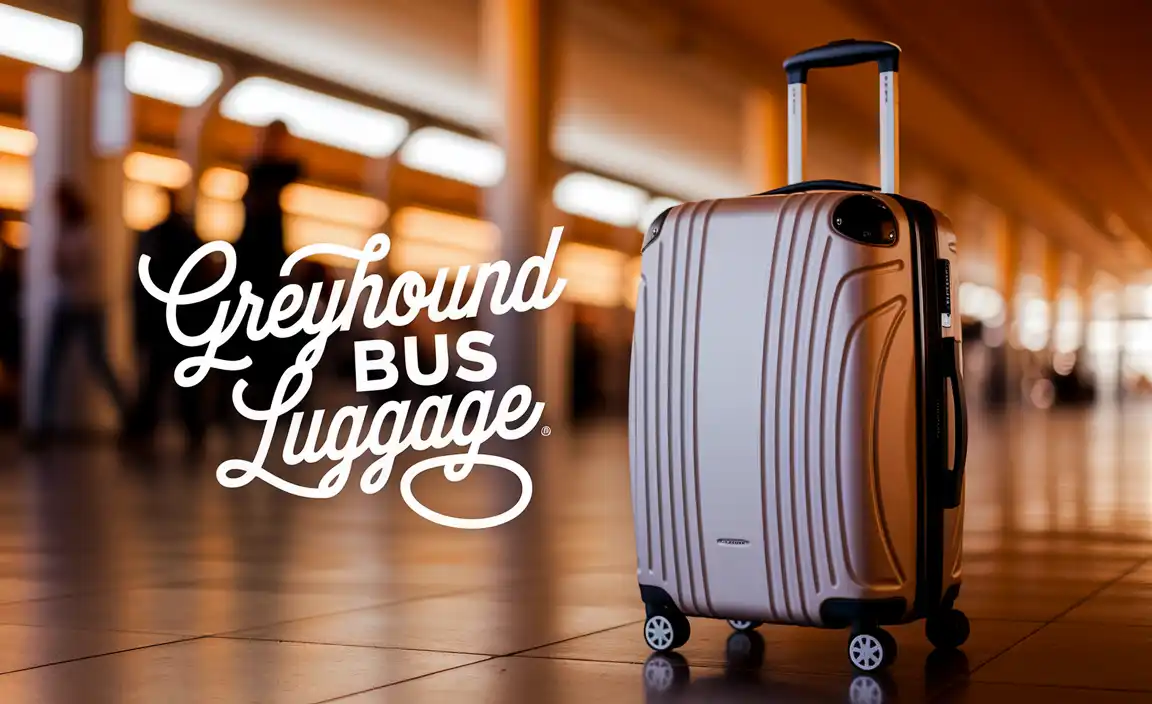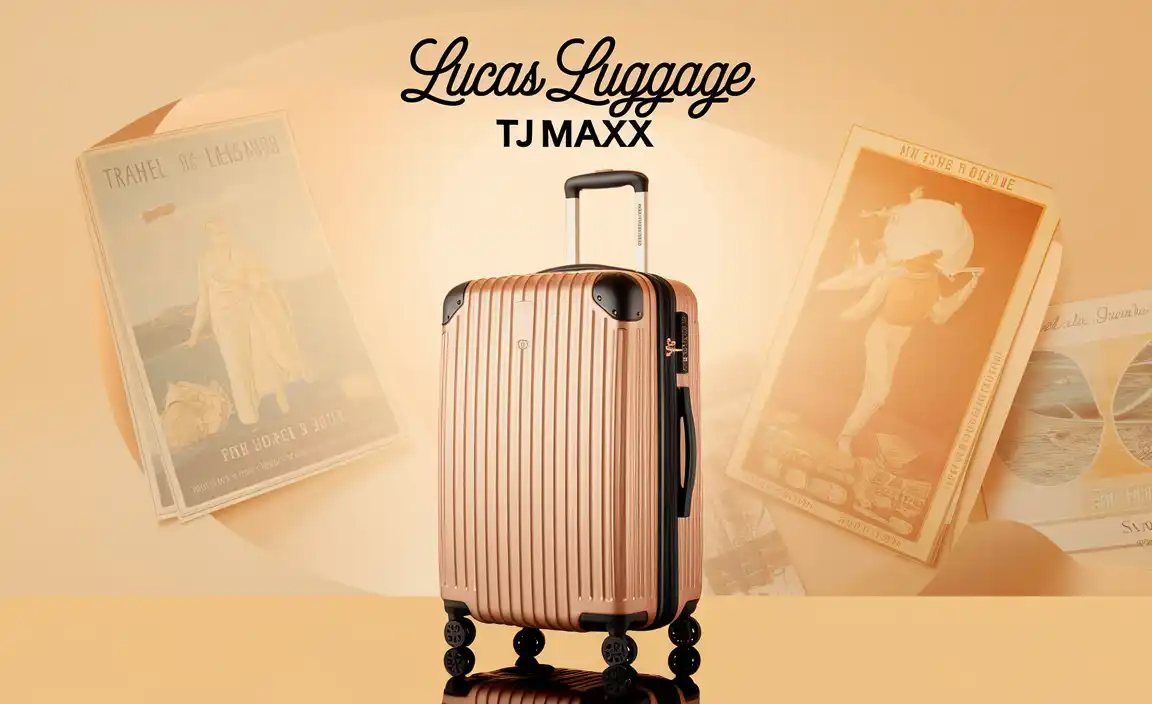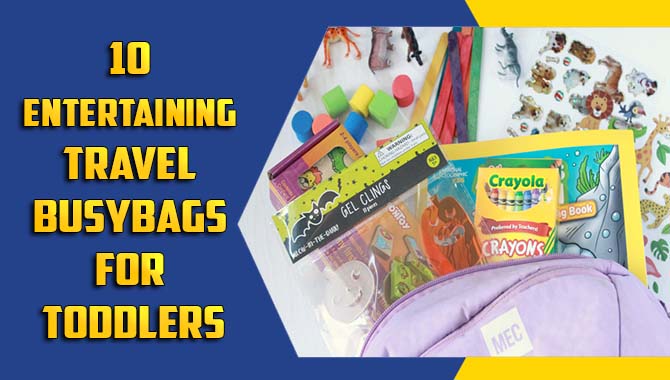Bhutan is family-friendly! This guide offers essential tips for a stress-free Bhutan trip with kids, covering everything from packing and activities to cultural etiquette and essential comfort items like adult and child diapers for smooth journeys.
Planning a trip to Bhutan with your family can be an incredibly rewarding experience. The “Land of the Thunder Dragon” offers unique cultural immersion, stunning landscapes, and a genuinely happy environment. However, traveling with children, especially to a destination with different customs and infrastructure, can present its own set of challenges. From ensuring everyone is comfortable on long journeys to finding the right activities, it’s natural to feel a bit overwhelmed. But don’t worry! This guide is here to simplify your planning. We’ll walk you through the essentials with easy-to-follow advice, ensuring your Bhutanese adventure is filled with joy and memorable moments for everyone, big or small. Get ready to discover how to make your family trip to Bhutan smooth, safe, and utterly magical.
Why Bhutan is a Great Choice for Families
Bhutan isn’t just another travel destination; it’s a kingdom that deeply values its culture, environment, and the happiness of its people. For families, this translates into a safe, peaceful, and incredibly enriching travel experience. The country’s focus on Gross National Happiness means that children are highly respected, and family time is cherished. You’ll find that locals are often warm and welcoming towards children, making interactions genuinely delightful. The natural beauty, from verdant valleys to majestic monasteries, offers plenty for young minds to explore and be amazed by. Plus, Bhutan’s commitment to high-value, low-impact tourism means the environment is pristine and the cultural heritage is well-preserved, offering an authentic glimpse into a unique way of life, far removed from the hustle of modern cities.
Preparing for Your Bhutan Family Adventure
Getting ready for Bhutan with kids involves a few key steps to ensure comfort and preparedness. It’s all about smart packing, understanding a few local nuances, and being ready for the adventure.
Best Time to Visit Bhutan with Kids
The weather in Bhutan is quite varied due to its mountainous terrain. Choosing the right season can significantly impact your family’s comfort and enjoyment.
Spring (March to May):
This is a popular time for a reason! The weather is pleasantly mild, and the rhododendrons and other flowers are in full bloom, creating a picturesque backdrop for family photos. Temperatures are generally comfortable, making it ideal for outdoor activities and sightseeing. The Bhutan Flower Festival in May is a particularly vibrant event.
Autumn (September to November):
Another excellent window. The skies are usually clear, offering breathtaking views of the Himalayas. The weather is crisp and cool, perfect for trekking and exploring. Major festivals, like the Thimphu Tshechu, often fall during this season, providing a spectacular cultural experience for the whole family.
Summer (June to August):
This is the monsoon season in Bhutan. While it can bring lush green landscapes, it also means frequent rainfall, which can sometimes disrupt outdoor plans. However, the rain often comes in short bursts, and you might find fewer tourists. Pack good rain gear!
Winter (December to February):
Winter is cold, especially at higher altitudes, with snow possible in many areas. However, central and southern Bhutan can be milder. If your family enjoys a crisp chill and stunning, clear mountain views, and you don’t mind bundling up, this can be a peaceful time to visit, and it’s often the least crowded.
Essential Packing List for Families
Packing effectively is crucial for a smooth trip. Consider layers, comfort, and the specific needs of your children.
Clothing:
Lightweight, breathable layers (t-shirts, long-sleeved shirts)
Warm fleece or sweater for cooler evenings and higher altitudes
Waterproof and windproof jacket
Comfortable walking shoes or hiking boots (broken in!) – essential for exploring monasteries and trails.
Extra socks (wool blends are great for warmth and moisture-wicking)
Pajamas
Hats (for sun protection and warmth)
Gloves
Health and Comfort:
Personal medications (ensure you have enough for the trip duration)
Basic first-aid kit (band-aids, antiseptic wipes, pain relievers, motion sickness remedies)
Sunscreen (high SPF) and lip balm with SPF – essential as the sun can be strong at altitude.
Insect repellent
Hand sanitizer
Child and Adult Diapers: For peace of mind and comfort, especially on long travel days, flights, or during extended sightseeing. Brands offering discreet designs and high absorbency can be a lifesaver for both little ones and adults who need them, ensuring no one misses out on an adventure due to unexpected needs. Look for trusted brands that provide reliable leak protection.
Baby wipes
Gear and Accessories:
Refillable water bottles – Staying hydrated is key! Bhutanese tap water is generally safe to drink after boiling or filtering, but it’s always good to be prepared.
Small backpacks for day trips (for kids to carry their own essentials)
Camera and extra batteries/power bank
Travel journals and pens for kids
Small games or books for downtime
Snacks that travel well (granola bars, dried fruit, nuts) – especially for picky eaters or during transit.
Portable phone charger
Travel Documents and Health Preparations
Ensuring all your paperwork is in order and your family is healthy is paramount.
Visas and Permits: All tourists (except Indian, Bangladeshi, and Maldivian nationals) must obtain a visa in advance through a licensed Bhutanese tour operator. Your operator will handle the visa application process. Ensure your passports are valid for at least six months beyond your intended stay.
Health Consultations: Before your trip, consult your doctor or a travel clinic about recommended vaccinations and any specific health precautions for Bhutan. The U.S. Centers for Disease Control and Prevention (CDC) provides excellent up-to-date travel health information for Bhutan.
Travel Insurance: Comprehensive travel insurance is highly recommended for everyone in your family. Ensure it covers medical emergencies, trip cancellations, and lost belongings.
Navigating Bhutan with Children: Key Considerations
Bhutan is known for its safety and clean environment, which are huge pluses for families. However, here are some specific points to keep in mind.
Altitude and Acclimatization
Most of Bhutan’s main tourist destinations are at moderate to high altitudes (Paro is around 2,200m, Thimphu around 2,300m, and Bumthang around 2,600m). Altitude sickness can affect anyone, including children.
Take it Easy: Upon arrival, especially in Paro, avoid strenuous activity for the first day. Opt for gentle strolls and allow your body to adjust.
Stay Hydrated: Encourage everyone to drink plenty of water.
Avoid Alcohol: Especially on the first day.
Recognize Symptoms: Symptoms can include headache, nausea, dizziness, and fatigue. If you or your child experience these, descend to a lower altitude if possible and rest. Consult your guide if symptoms persist.
Food and Drink Safety
Bhutanese cuisine is often a delight, but it can be spicy.
Ask for Mild Options: Most restaurants and hotels can prepare less spicy versions of dishes for children. Common dishes include Ema Datshi (chilies and cheese), but many other milder options are available.
Rice is Staple: Plain rice is a safe and familiar option for most kids.
Fresh Produce: Always ensure fruits and vegetables are washed thoroughly or cooked.
Water: Drink only bottled or boiled water. Avoid ice cubes in drinks unless you are sure they are made from purified water. Your tour operator will usually provide bottled water.
Child-Friendly Activities and Sightseeing
Bhutan offers a surprising number of activities that can capture children’s imaginations.
Monasteries and Dzongs: While some require quiet respect, many are fascinating with their architecture, prayer flags, and vibrant frescoes. The story behind each historical site can be engaging for older children. Allow children to ask questions and explore at their own pace. Short visits are often best.
Nature Walks and Short Hikes: Bhutan’s natural beauty is accessible. Gentle walks through rice paddies, pine forests or to local villages are wonderful. The hike to the Tiger’s Nest Monastery (Paro Taktsang) is strenuous but rewarding for older, active children accompanied by adults. Shorter, easier hikes are plentiful.
Archery: Bhutan’s national sport is archery. You might get to see a local tournament or even try your hand at it yourself! It’s a vibrant and exciting spectacle.
Local Markets: Visiting markets in Thimphu or other towns can be a sensory experience. Kids can see local produce, crafts, and observe daily life.
Festivals (Tshechus): If your trip coincides with a Tshechu, it’s a must-see. The colorful dances, traditional music, and festive atmosphere are captivating for all ages. Ensure you explain the context of the dances to older children.
Cultural Performances: Many tours include opportunities to see traditional Bhutanese music and dance.
Cultural Etiquette with Children
Bhutanese culture is deeply rooted in respect and politeness. Teaching your children some basic etiquette will enhance their experience and foster positive interactions.
Respectful Dress: When visiting religious sites (monasteries, temples, dzongs), everyone, including children, should dress modestly. Shoulders and knees should be covered. This means no shorts or sleeveless tops for anyone entering these sacred spaces.
Quiet Voices: Encourage children to speak softly inside religious buildings and during prayers.
Asking Permission: Teach children to ask before touching religious artifacts or photos of deities.
Bowing: A slight bow is a sign of respect when greeting elders or monks.
Gifts: While not expected, a small, thoughtful gift for a host family if you visit one can be a nice gesture. Think simple school supplies or storybooks. Avoid giving money directly unless advised by your guide.
Left Hand: The left hand is traditionally considered unclean, so avoid offering or receiving items with your left hand.
Making Travel Days Comfortable with Kids
Long travel days, whether by plane or by car within Bhutan, can be challenging. Here’s how to make them more manageable.
Travel by Air
Flights into Bhutan (Paro International Airport – PBH) are operated by Drukair and Bhutan Airlines. The flights themselves offer stunning Himalayan views.
Entertainment: Pack plenty of in-flight entertainment like books, drawing pads, travel games, and downloaded movies or shows.
Comfort Items: A neck pillow, a cozy blanket, and comfortable clothing are essential.
Snacks: Bring familiar snacks your children enjoy, as airline meals might not always suit picky eaters.
Diaper Changes: If traveling with infants or young children who wear diapers, be prepared for changing facilities. Airplane lavatories are small, so a changing pad and discreetly managed diaper disposal are important. Having supplies of adult briefs or child diapers readily accessible in your carry-on is crucial for immediate needs and peace of mind.
Travel within Bhutan (Road Journeys)
Road travel in Bhutan is scenic but can be winding. Roads are generally well-maintained but can be slow.
Motion Sickness: If your child (or you!) is prone to motion sickness, consider preventative medication or acupressure bands. Looking out the window at the horizon rather than reading or using electronics can also help.
Breaks: Your driver and guide will build in stops for breaks, snacks, and photo opportunities. These are great for stretching legs and letting children burn off energy.
Comfortable Seating: Ensure there’s enough legroom and comfortable seating.
Snacks and Drinks: Keep a cooler bag or insulated lunch bag with water and snacks handy in the car.
Toileting Needs: Plan stops for bathroom breaks. If travelling with children who require diapers, ensuring quick and convenient changes is important. Having a few disposable changing mats and easy-to-access child diapers can make roadside stops much smoother.
Accommodation and Family Amenities
Bhutan offers a range of accommodations, from very comfortable hotels to charming guesthouses. While not all amenities are geared towards children specifically, most places are accommodating.
Hotel Choices
Standard Hotels: Most hotels in tourist areas cater to international visitors and offer comfortable rooms, Western-style bathrooms, and dining facilities. Some may have larger family rooms or interconnecting rooms.
Homestays: For a more immersive experience, consider a homestay in a rural village. This offers a chance for your children to interact with local families in a natural setting. These are usually basic but very welcoming.
Amenities: While playgrounds are rare, rooms are generally clean and safe. Requesting an extra bed or crib might be possible at some larger hotels. Wi-Fi is usually available in hotels, though sometimes it can be spotty.
Ensuring Comfort for All Ages
Room Setup: If you have very young children, discuss room layouts with your tour operator to ensure your sleeping arrangements are comfortable and safe.
Special Diets: Inform your tour operator and hotels in advance about any dietary restrictions or allergies for family members. This is especially important for young children with specific needs.
Diaper Supplies: While you can buy some basic items in larger towns, it’s best to bring a sufficient supply of diapers, especially if you use a particular brand or size. Comfort and reliability of adult diapers or child diapers are key for stress-free travel, preventing leaks and ensuring your loved one remains comfortable throughout the day’s excursions.
A Sample Family Itinerary Idea (7-10 Days)
This is a flexible idea to give you a taste of what is possible. Your tour operator will customize this based on your family’s interests and pace.
Day 1-2: Arrival in Paro & Thimphu Exploration
Arrive at Paro International Airport.
Transfer to Thimphu (approx. 1.5 hours). Acclimatize.
Visit the Buddha Dordenma statue, Takin Preserve (Bhutan’s national animal), and the Folk Heritage Museum which offers a glimpse into traditional Bhutanese life that kids might find interesting.
Explore the weekend market if it aligns with your dates.
Day 3: Thimphu Culture & Crafts
Visit the National Memorial Chorten.
See students at the School of Arts and Crafts (Zorig Chusum).
Visit the Textile Museum.
Perhaps a short, gentle walk in the hills surrounding Thimphu.
Day 4-5: Journey to Punakha & Valley Wonders
Drive over the Dochula Pass (stunning views, weather permitting) to Punakha.
Visit the Punakha Dzong, located at the confluence of two rivers – a truly spectacular fortress.
A pleasant walk through rice fields to Chimi Lhakhang, the “Temple of Fertility.” Children often find the stories here quite amusing.
Consider a short rafting trip or a visit to a suspension bridge.
Day 6-7: Return to Paro & Valley Highlights
Drive back to Paro.
Visit the National Museum (Ta Dzong) and Rinpung Dzong.
Explore Paro town.
Optional: Archery demonstration or a visit to a farmhouse.
Day 8: The Majestic Tiger’s Nest Hike
Today is for the iconic hike to Paro Taktsang (Tiger’s Nest Monastery). For families with younger children, consider hiring ponies for part of the ascent (available for rent at the parking lot). The hike is challenging, so assess your family’s fitness and willingness. The views are incredible, and the sense of accomplishment is immense.
Day 9: Departure
* Transfer to Paro International Airport for your departure.
Sample Packing Table: Age-Specific Needs
This table highlights how packing might differ slightly for very young children versus older kids.
| Item Category | Infants/Toddlers (Under 5) | Older Children (5-12) | Adults |
| :—————– | :——————————————————- | :—————————————————————- | :————————————————– |
| Clothing | Easy-on/off outfits, extra onesies, warm layers, sleep sack | Layers, comfortable pants, t-shirts, sweaters, rain gear, sturdy shoes | Similar to older children, focus on layers and comfort |
| Footwear | Comfortable, secure-fitting shoes/booties | Broken-in hiking shoes/sneakers, sandals for downtime | Waterproof hiking boots, comfortable walking shoes |
| Health/Comfort | Diapers (ample supply), wipes, rash cream, formula/baby food, pacifier, loved comfort item | Child diapers if needed, small first-aid items, motion sickness aids, any personal medication | Adult diapers if needed, personal medications, mini first-aid kit, sunscreen, insect repellent |
| Activities | Stroller (if terrain permits), portable crib/carrier, simple toys, board books | Journal







